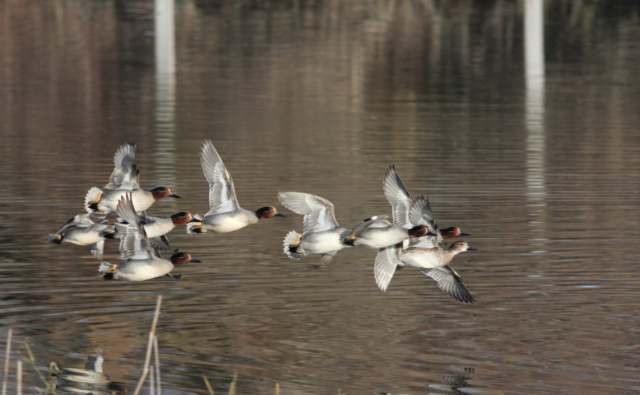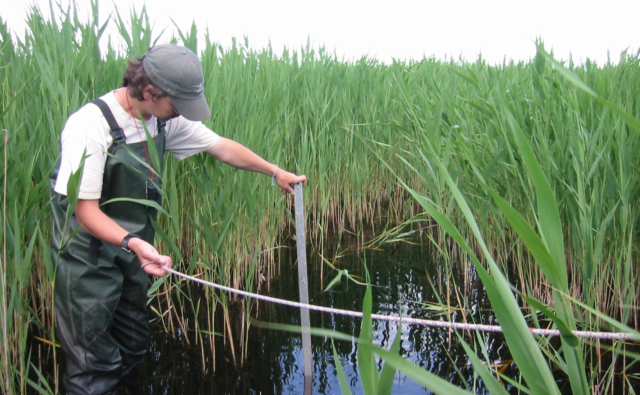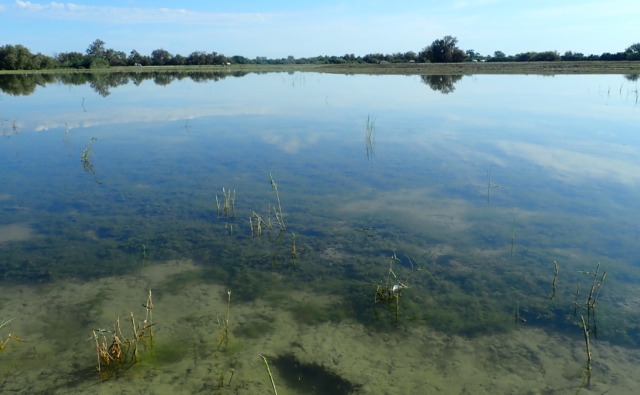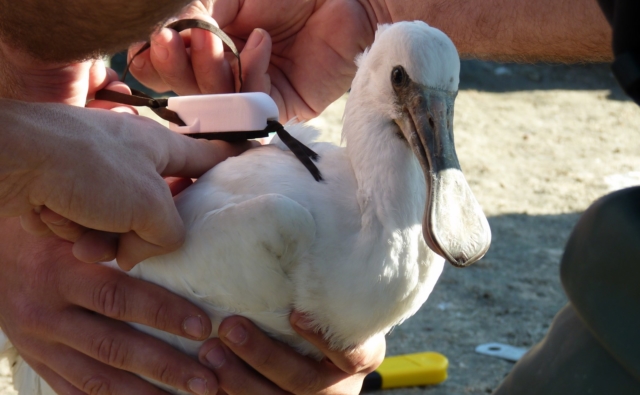Every year since 2007, the Tour du Valat and the Office Français de la Biodiversité (OFB) have brought together those involved in hunting, nature conservation and research in the Camargue for a half-day meeting. This year’s meeting took place on Friday 26 May in Arles, and was attended by over fifty participants. The aim of this annual meeting is to encourage interaction between the various players in the region on issues relating to hunting and the management of waterbird populations in the Camargue.
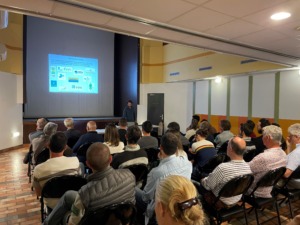
This meeting traditionally begins with a presentation of the results of the year’s aerial censuses of wintering waterbirds. The first aerial censuses of anatidae wintering in the Camargue were initiated by Luc Hoffmann in 1955, with the aim of continuing them over the long term in order to analyse trends in numbers on the basis of a standardised protocol.
It was difficult to carry out the January to March 2023 census because the weather conditions made it impossible to do so safely. The mid-January census, which is the benchmark for national and international censuses, could only be carried out on 8 February. By then, the numbers counted were lower because some of the wintering ducks had already begun their migrations to northern Europe.
The 70,000 Anatidae and Coots counted on 8 February 2023 for the mid-January census therefore represents a small number, which does not reflect the large numbers counted at other times during the winter in the Camargue.
The winter of 2022-2023 was characterised by periods of mild weather in Europe, followed by marked cold spells such as the one that occurred during the first fortnight of December 2022. At that time, more than 127,000 ducks and coots were counted. In fact, numbers of surface duck species (common teal, mallard, Northern Shoveler, Eurasian Wigeon,Northern pintail and gadwall) were high in December, on a par with those of recent decades, and much higher than those of the previous winter (the worst year in terms of duck numbers for several decades due to a very mild winter).
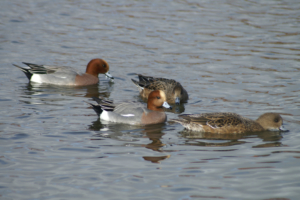
The Camargue remains the most important national site for many species of wintering ducks in France, and of international importance for 14 species of waterbirds: mute swan, common teal, mallard, Northern shoveler, Eurasian Wigeon, gadwall, Red-crested Pochards, flamingo, Eurasian spoonbill, Glossy Ibis, common crane, Pied avocet, Dunlin and Common shelduck.
During the morning’s discussions, David Vallecillo (OFB) presented his thesis, due to be defended in December 2021, on the detection of waterbirds during censuses and the consequences for the assessment of population trends. Axel Berrin of the Fédération Départementale des Chasseurs des Bouches-du-Rhône then presented the Eco-contribution project currently underway, which aims, among other things, to estimate the breeding populations of ducks, coots, waders and grebes on a departmental scale. Matthieu Guillemain (OFB) presented his study on how habitat management for hunted species is helping to maintain the duck community in southern Europe despite climate change.
Finally, Grégoire Massez (Association des Amis des Marais du Vigueirat) stressed the importance of the Camargue for the bittern, and the management measures to be implemented to encourage the reproduction of this rare heron, which is in decline in Europe.
Anyone interested in receiving monthly summaries of the duck wintering census in the Camargue, and in being kept informed of the next meeting, can send a request by email to [email protected].
